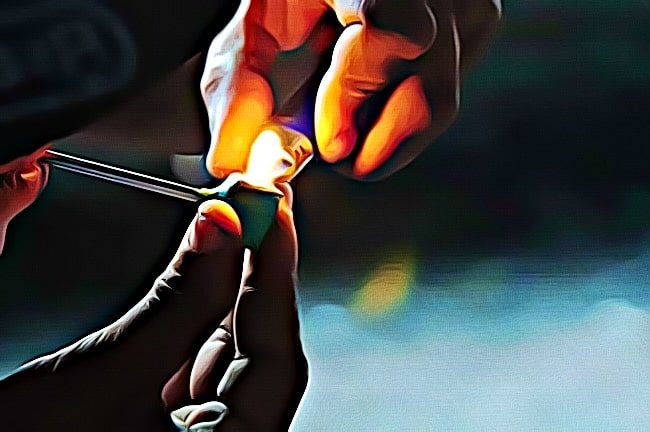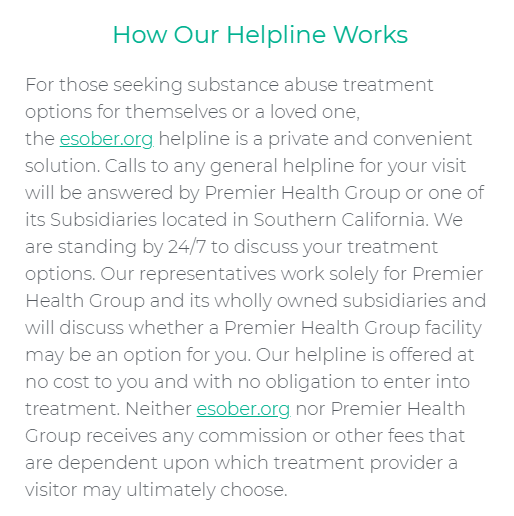Crack cocaine, a potent and addictive substance, emits a distinct odor when smoked. This scent is often a key indicator of its use, particularly in urban or residential areas. What does crack smell like?
The Chemical Composition and Resulting Scent
The primary ingredient in crack cocaine is cocaine hydrochloride, which is processed with baking soda or ammonia to form the “crack” rocks. When heated, these rocks vaporize, releasing a chemical-laden aroma. This smell is often described as acrid, chemical-like, and somewhat similar to burning plastic or rubber. The intensity of the odor depends on the purity of the substance and the materials used in its preparation.
Factors Influencing the Perception of the Smell
Environment and Context
The perception of crack cocaine’s smell can vary based on the environment. In confined spaces, the scent is more concentrated, while in open areas, it may dissipate quickly.
Individual Sensitivity
Individual olfactory sensitivity plays a role. Some may find the smell overwhelming, while others might not notice it as distinctly.

Health Implications of Exposure to Crack Cocaine Smoke
Inhaling crack cocaine smoke, even passively, can have health implications. According to the National Institute on Drug Abuse, exposure can lead to respiratory issues and exacerbate existing health conditions.
Recognizing and Addressing Crack Cocaine Use
Signs of Use
Apart from the smell, other indicators of crack cocaine use include finding paraphernalia such as pipes or burnt spoons, behavioral changes, and physical symptoms like dilated pupils or weight loss.
Seeking Help
If you or a loved one is grappling with substance use, it’s crucial to seek assistance. Organizations like Premier Health Group offer comprehensive support and resources to those struggling with addiction.
Conclusion
The smell of crack cocaine is distinct and chemical-like, serving as an indicator of its presence and use. Recognizing this odor, alongside other signs, can be vital in identifying and addressing substance use. For those affected, reaching out for help is a critical step towards recovery and health.




